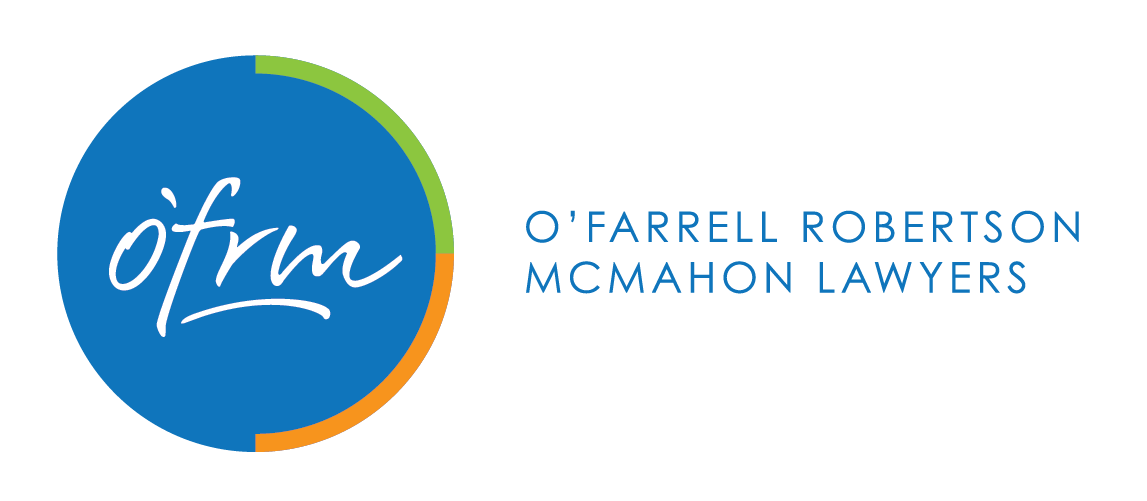Oath or affirmation?
Some parts of the legal process can seem quite old fashioned in our modern world.
One part that surprises some is that there are still many documents that have to be signed in person — you can’t just say they are OK or sign them online. Wills, affidavits, court applications and our cost agreements are some of the documents that must be signed in person.
Even more mind-blowing to lots of clients is that there are some documents, like court affidavit where you have to swear an oath or make an affirmation that the contents are true and correct.
An affidavit may be made under Victorian law for Victorian court proceedings or under Commonwealth law for Commonwealth proceedings, like Family Law proceedings.
The swearing or oath must be done in the presence of an authorised witness, who signs that they have witnessed the oath or affirmation.
Oaths are frequently made while holding the bible, the New Testament or the Old Testament or another relevant religious text, although it is not necessary that a religious text be used in taking an oath. In fact, if the oath was properly made and taken, the fact that the person to whom the oath was administered had no religious beliefs at that time does not affect the validity of the oath.
To swear an affidavit by oath the person making the affidavit (the deponent) has to say “I swear by Almighty God (or the name of a god recognised by his or her religion) that this is my name and handwriting and that the contents of this, my affidavit, are true and correct in every particular and these are the exhibits referred to therein”. It can be quite a mouthful, it's also a rite of passage for a new lawyer to learn this off by heart.
“I swear by Almighty God (or the name of a god recognised by his or her religion) that this is my name and handwriting and that the contents of this, my affidavit, are true and correct in every particular and these are the exhibits referred to therein”
When you are swearing a document, you have the choice to take an oath or to make an affirmation. The wording of the affirmation is “I solemnly and sincerely declare and affirm that this is my name and handwriting and that the contents of this, my affidavit, are true and correct in every particular and these are the exhibits referred to therein”.
“I solemnly and sincerely declare and affirm that this is my name and handwriting and that the contents of this, my affidavit, are true and correct in every particular and these are the exhibits referred to therein”
Different courts have different requirements as to whether you have to sign the affidavit on each page, the family courts do, others don’t.
For the document to be effectively sworn the witness must be authorised to take affdiavits (like a lawyer) and the jurat (certification of swearing) must be completed by the witness marking the date it was sworn and recording by their stamp or writing their name, address and qualifications to take an affidavit. Each exhibit must be marked and signed by the witness as well.
Affidavits are important statements of truth in court proceedings, so such specific steps are warranted. It shall be interesting to see if a process that relies more on technology is used in the future &msash; these days having to click a box that you understand you are telling the truth is probably taken more seriously by most people.
